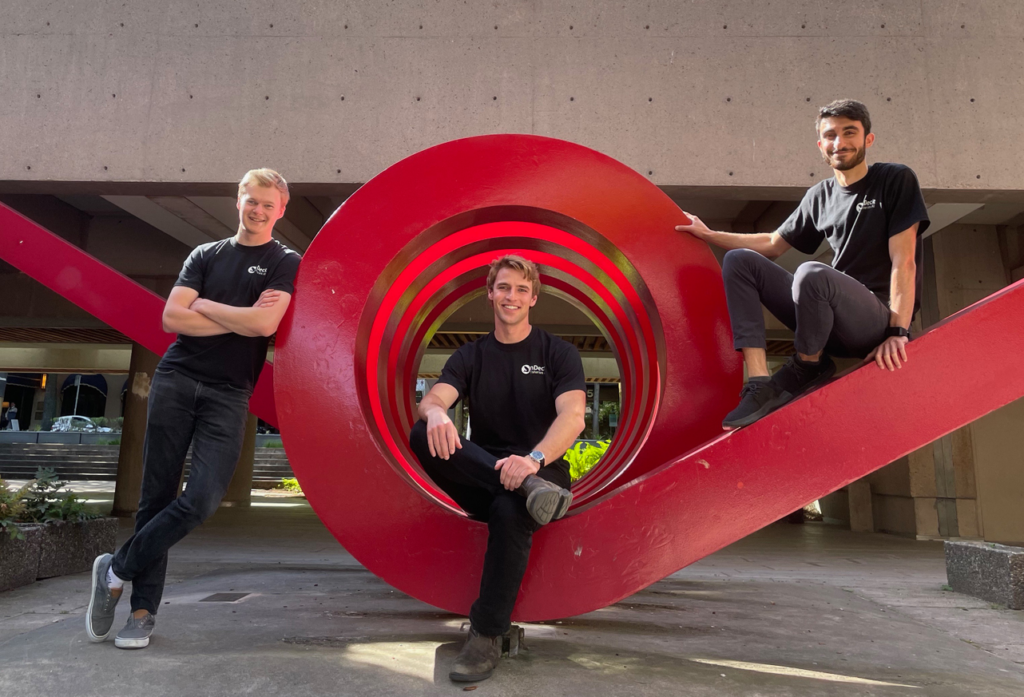“Data is essential to enabling better research and unlocking knowledge of our oceans Dyanatkar says. “Gaining a better understanding of the ocean is only possible when we know how we’re impacting it.”
Up until now, the commercial fishing industry has essentially worked like this: fish are caught and then their species and numbers are estimated by humans.
Needless to say, that type of monitoring has left a lot of room for human error. It also puts at-sea observers
at risk because of the inherent dangers of commercial fishing trips.
OnDeck is developing methods of using Artificial Intelligence to do this monitoring quickly and far more accurately using a type of Artificial Intelligence called computer vision, which uses visual data and algorithms to help computers analyze what they’re looking at.
One of their big areas of focus is bringing advanced tech to Canadian fisheries, starting this summer with Ha’oom, an Indigenous fisheries society based in Tofino.
Computer vision is a niche technology traditionally used to study people, tracking how players move in a soccer game, for example. A less common application? Tracking the movement of fish and wildlife.
“That's been a more recent development in computer vision specialization,” Dyanatkar says. “Now, because of its utility in conservation efforts, we as an industry have a reason to make these technologies really, really good.”
And scalable too.
“The amount of footage that comes out of just one fleet of vessels is already unmanageable for almost the entire human review population of the world,” he says. “There is no way to apply enough human power to monitor the hundreds of thousands, if not millions, of fishing vessels around the world.”
Unless you add AI to the mix. While AI is not currently capable of taking over monitoring, Dyanatkar says it can be used as a superpower for human monitors.
“AI speeds up human review by orders of magnitude, enhancing and expanding the monitoring capacity of a single human and allowing fisheries with 0-10% monitoring—which is currently considered high—to monitor 100% of the activity at sea,” he says.
“Scalable review is only possible by humans with AI superpowers.”
Curious for more science behind the technology of climate change?
Explore solutions for regenerating our planet on Change Reaction.

